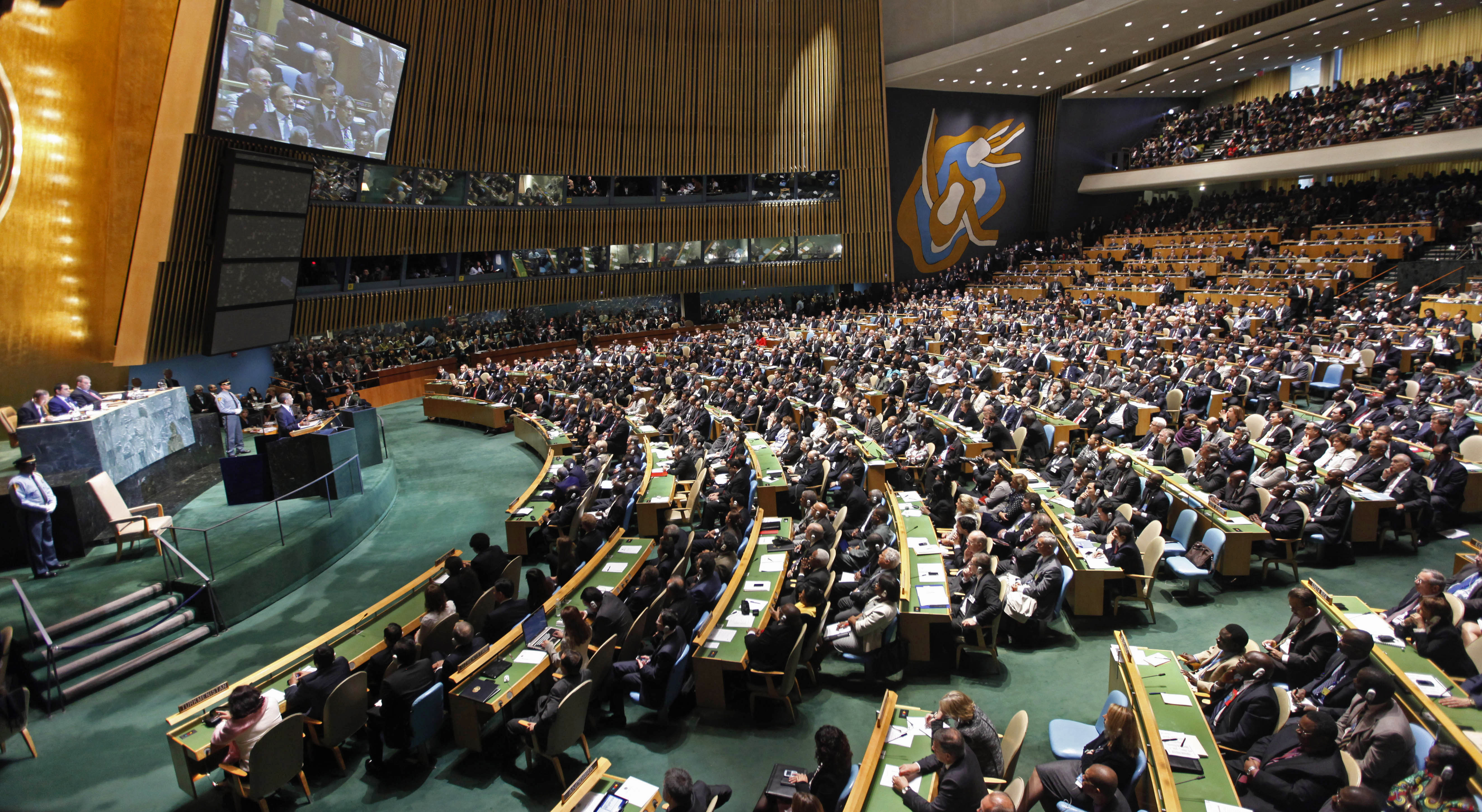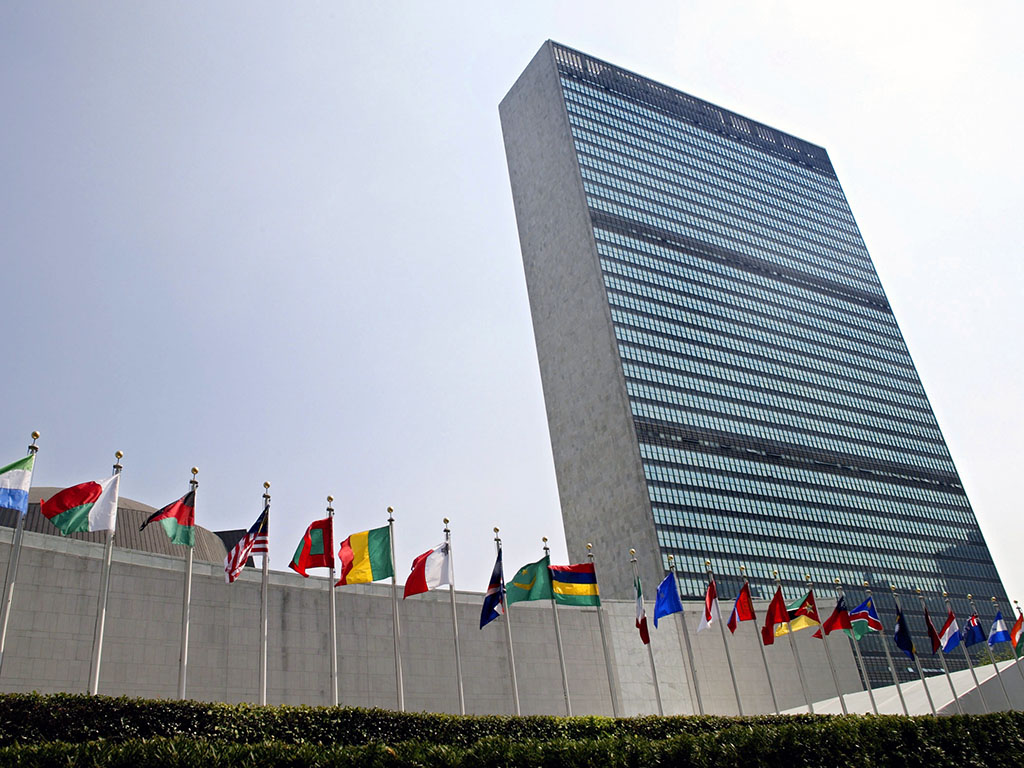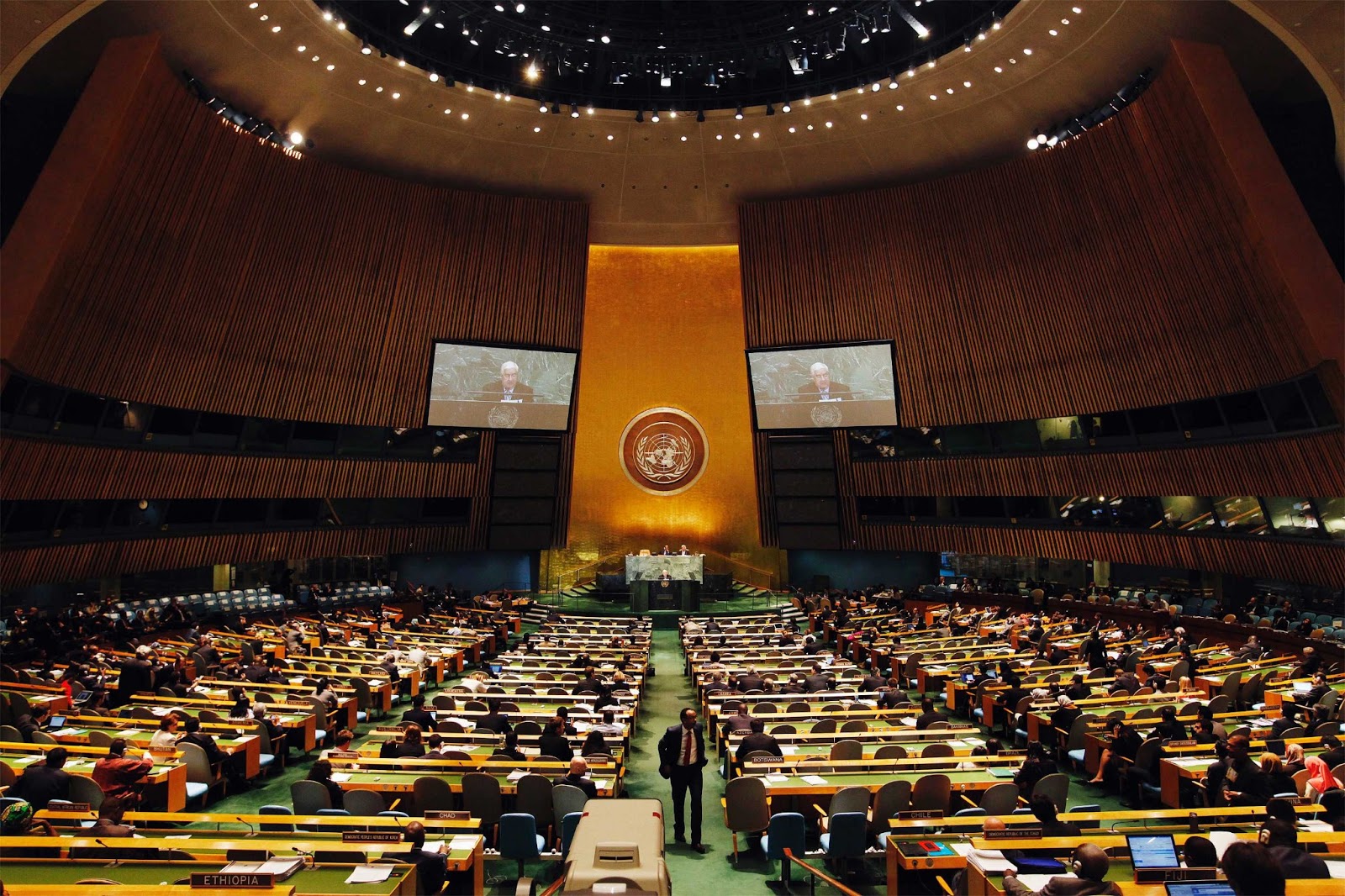Marc Fleurbaey argues that our main hope to get back to a track of progress on the SDGs is to enhance participatory mechanisms at all levels and in private as well as in public organizations.
SDG #16: Peace, justice, and strong institutions

One of the pillars of the 2030 Agenda for Sustainable Development is the pledge to ?leave no one behind?. This paper argues that we must recognise that many people throughout the world are not just being left behind. They are being pushed even further behind, and their levels of well-being are falling, often in ways from which it is impossible to fully recover.

Least developed countries (LDCs) are characterized by limited productive capacities, which constrains their efforts towards structural transformation and sustainable development. At the same time, the actual policy choices countries that have graduated or have made significant progress towards graduation from the LDC category provide a wide range of lessons other LDCs and the international community can learn from. Whereas countries can be on different pathways towards graduation, a diverse set of social, macroeconomic, financial, agricultural and industrial policies can be effective. However, good development governance is the key factor for successfully expanding productive capacity.

The paper overviews the evidence of good governance institutional reform agenda on the development outcomes of LDCs. For building development governance capacity in LDC for achieving sustainable development goals, successful examples suggest a few key common features: (1) existence of government/political leadership; (2) organizational set up for achieving national development goals; (3) structural transformation from poor human capital base and low quality of the bureaucracies. The lessons learned from these examples cannot simply be transmitted to other LDCs, but should be seen as practical policy lessons.

This paper reviews conflict as one of potential factors that could be incorporated in the identification of least developed countries (LDCs). It is not clear whether conflict can be considered as a structurally predetermined handicap as those identified in LDC criteria. More importantly, even if countries may be caught in a conflict trap, adding conflict indicators to the LDC criteria does not provide additional insights to enhance our understanding of the category. And adding conflict indicators is unlikely to introduce changes in country classification. Many of the factors associated with conflict are already incorporated in the indicators used to identify LDCs, and, therefore, the inclusion of an explicit conflict indicator - to capture the risk of falling into conflict given conflict in the past - in the LDC criteria would not affect the composition list of LDCs.
 Welcome to the United Nations
Welcome to the United Nations
